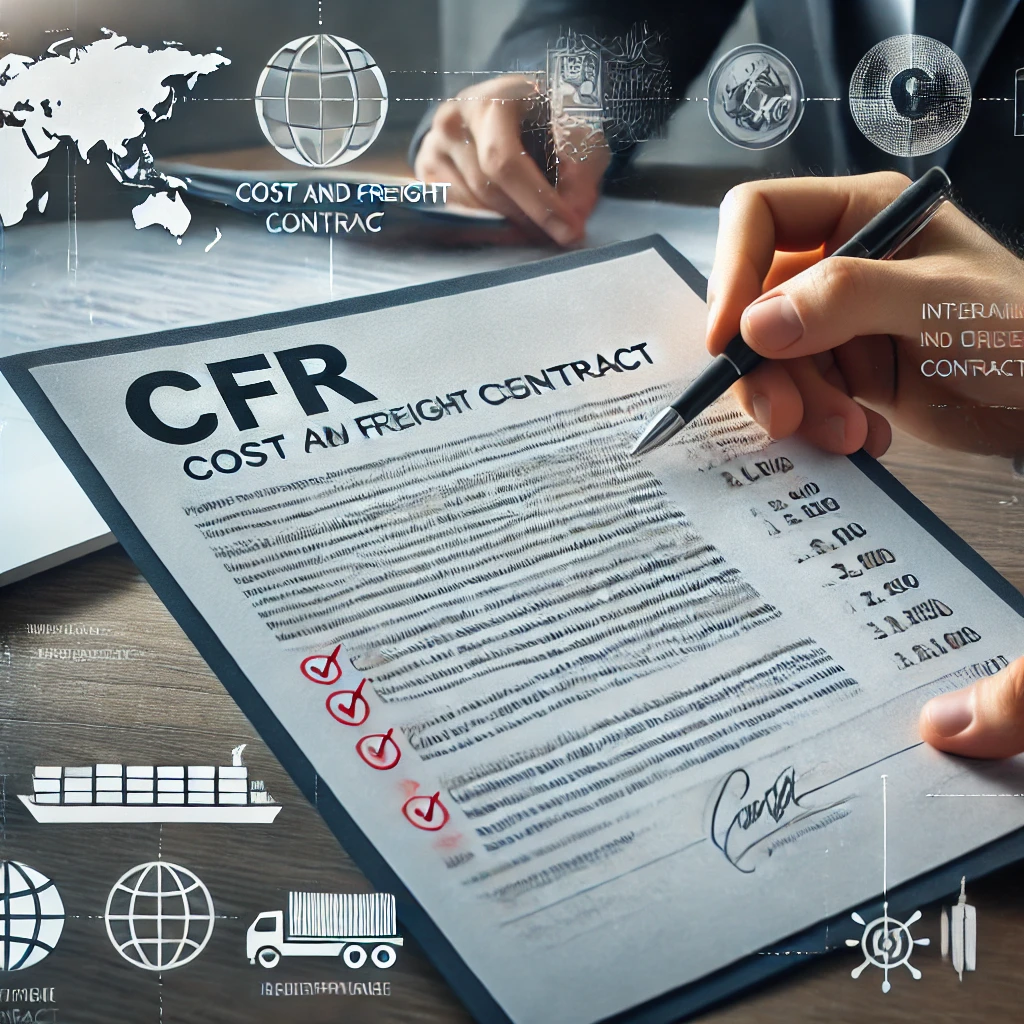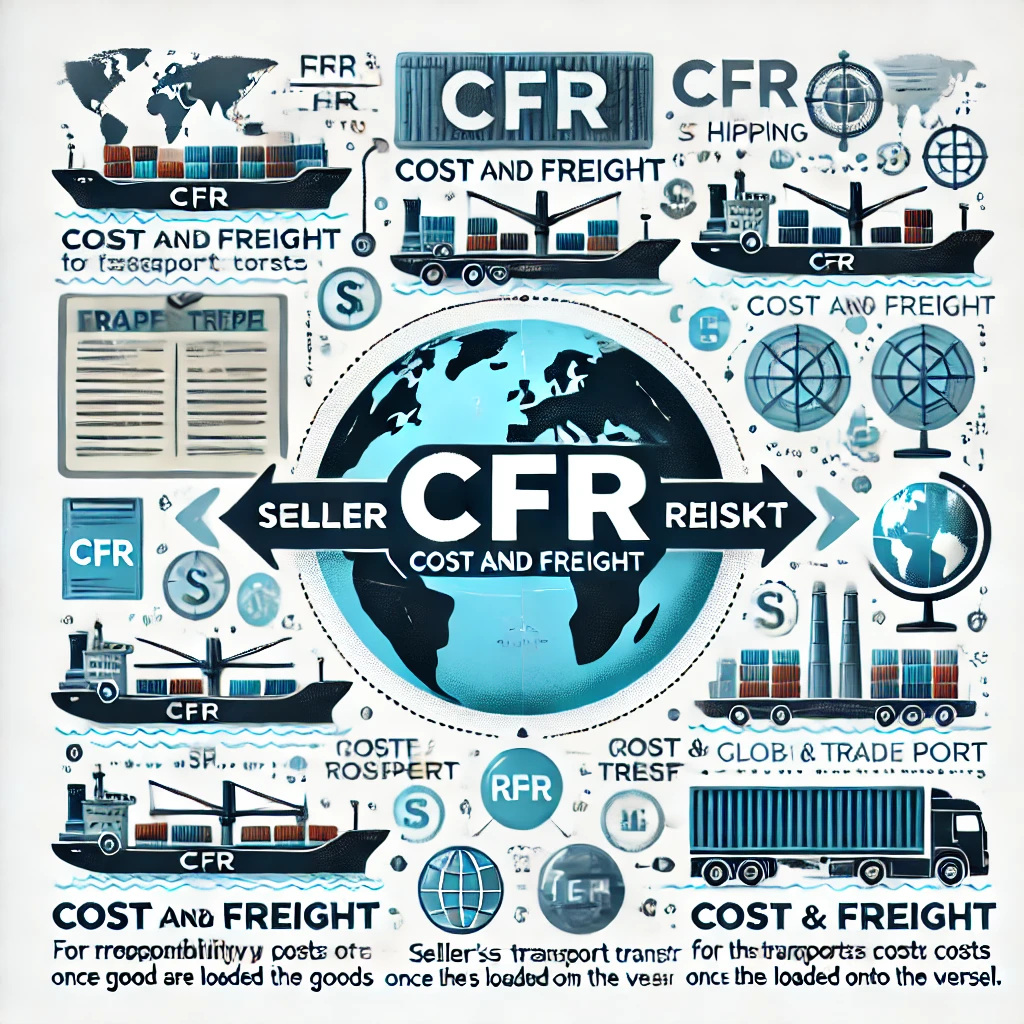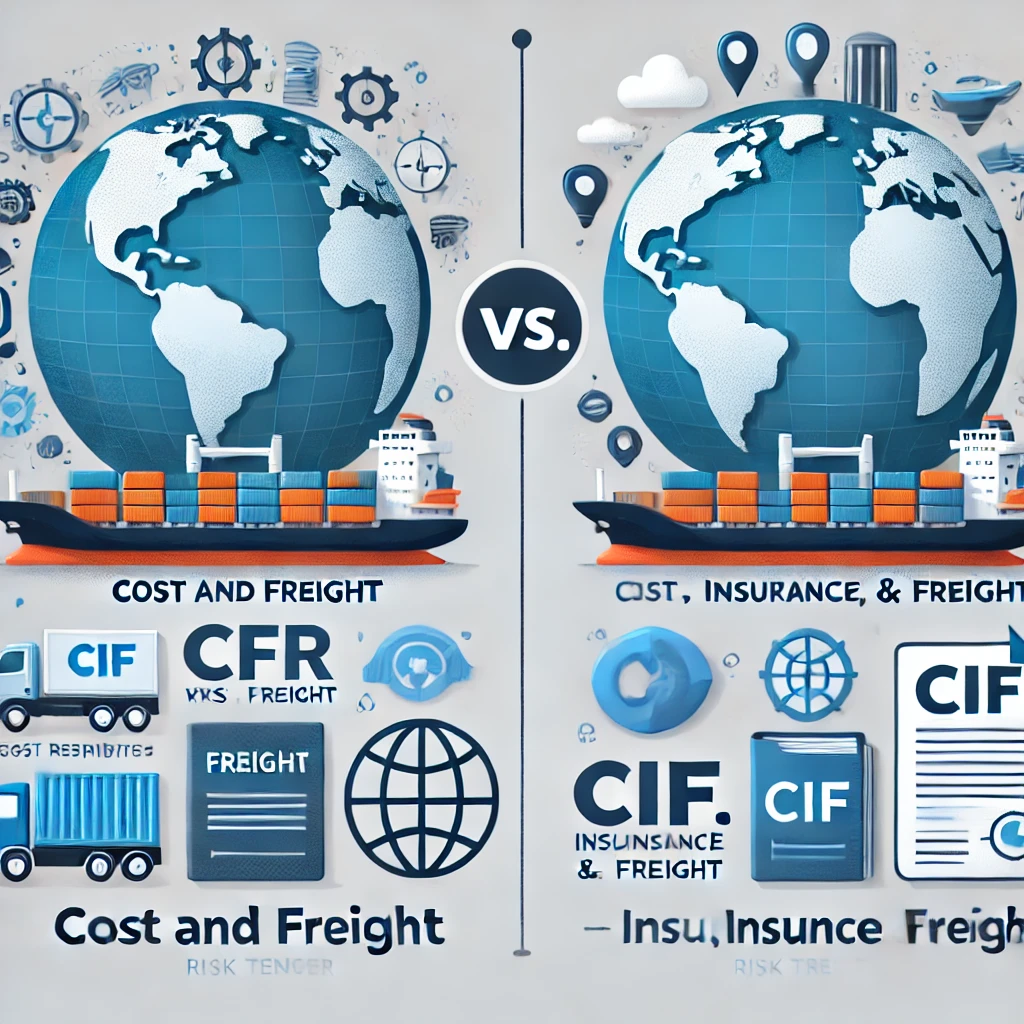Exploring What Is CFR in Detail

What Is CFR (Cost and Freight)?
CFR (Cost and Freight) is an Incoterm that specifies that the seller is responsible for paying the costs of transporting goods to the destination port. However, the risk transfers to the buyer once the goods are loaded onto the shipping vessel.
Key Responsibilities Under CFR
Party | Responsibilities |
Seller | Pays for transportation to the agreed destination port. Handles export clearance and documentation. |
Buyer | Assumes risk once goods are on board. Covers unloading costs, import duties, and further transportation. |

Key Features of CFR (Cost and Freight)
1. Seller Covers Freight Costs
- The seller pays for shipping to the destination port.
- This simplifies logistics for buyers who prefer to handle only post-arrival processes.
2. Risk Transfers at Port of Shipment
- Once the goods are loaded onto the vessel, the buyer assumes all risks.
- Damage or loss during transit is the buyer’s responsibility.
3. Commonly Used in Ocean Freight
- CFR applies only to maritime and inland waterway transport.
- It is widely used for bulk cargo, industrial goods, and large shipments.
4. Import Duties and Unloading Are Buyer’s Responsibility
- The buyer must handle customs clearance, import taxes, and local delivery.
5. No Insurance Obligation for Seller
- Unlike CIF (Cost, Insurance, and Freight), CFR does not require the seller to provide cargo insurance.
- The buyer must arrange insurance separately if needed.
Practical Uses of CFR (Cost and Freight)
1. Bulk Shipping & Industrial Trade
- CFR is commonly used for large shipments of raw materials, machinery, and heavy equipment.
2. Cost-Effective Freight Management
- Buyers benefit from lower upfront costs since the seller arranges shipping.
3. International Trade Agreements
- Many importers and exporters prefer CFR for clear cost allocation in contracts.
4. Large-Scale Commodity Transport
- Used in oil, chemicals, agriculture, and mining industries for bulk international shipments.

Advantages and Challenges of CFR
Advantages | Challenges |
Lower costs for buyers upfront (seller covers freight). | Buyer assumes risk after goods are loaded on the vessel. |
Clear cost allocation for long-distance shipping. | No insurance coverage is included unless arranged separately. |
Simplifies logistics for sellers handling exports. | Port congestion or shipping delays can impact delivery. |
Commonly accepted in global trade contracts. | Not suitable for air, rail, or road transport. |
CFR vs. Other Incoterms
Incoterm | Seller’s Responsibility | Buyer’s Responsibility |
Pays for transport to destination port. | Assumes risk once goods are on board. | |
CIF (Cost, Insurance, and Freight) | Pays for transport and insurance. | Takes over risk at shipment. |
FOB (Free on Board) | Pays until goods are loaded on vessel. | Takes over costs and risks from loading. |
DAP (Delivered at Place) | Pays for full transport to final destination. | Assumes risk only at delivery. |

When to Use CFR?
- Best for bulk shipments and maritime transport.
- Ideal for buyers with strong risk management capabilities.
- Recommended when sellers have better access to shipping contracts.
- Not suitable for shipments requiring insurance from the seller.
Conclusion
CFR (Cost and Freight) is a widely used Incoterm that simplifies international trade by placing freight costs on the seller while transferring risk to the buyer once the goods are shipped.
Understanding CFR helps businesses optimize shipping costs, manage risk effectively, and ensure compliance with international trade agreements. Whether you’re an importer, exporter, or freight forwarder, using CFR correctly can streamline operations and improve trade efficiency.
